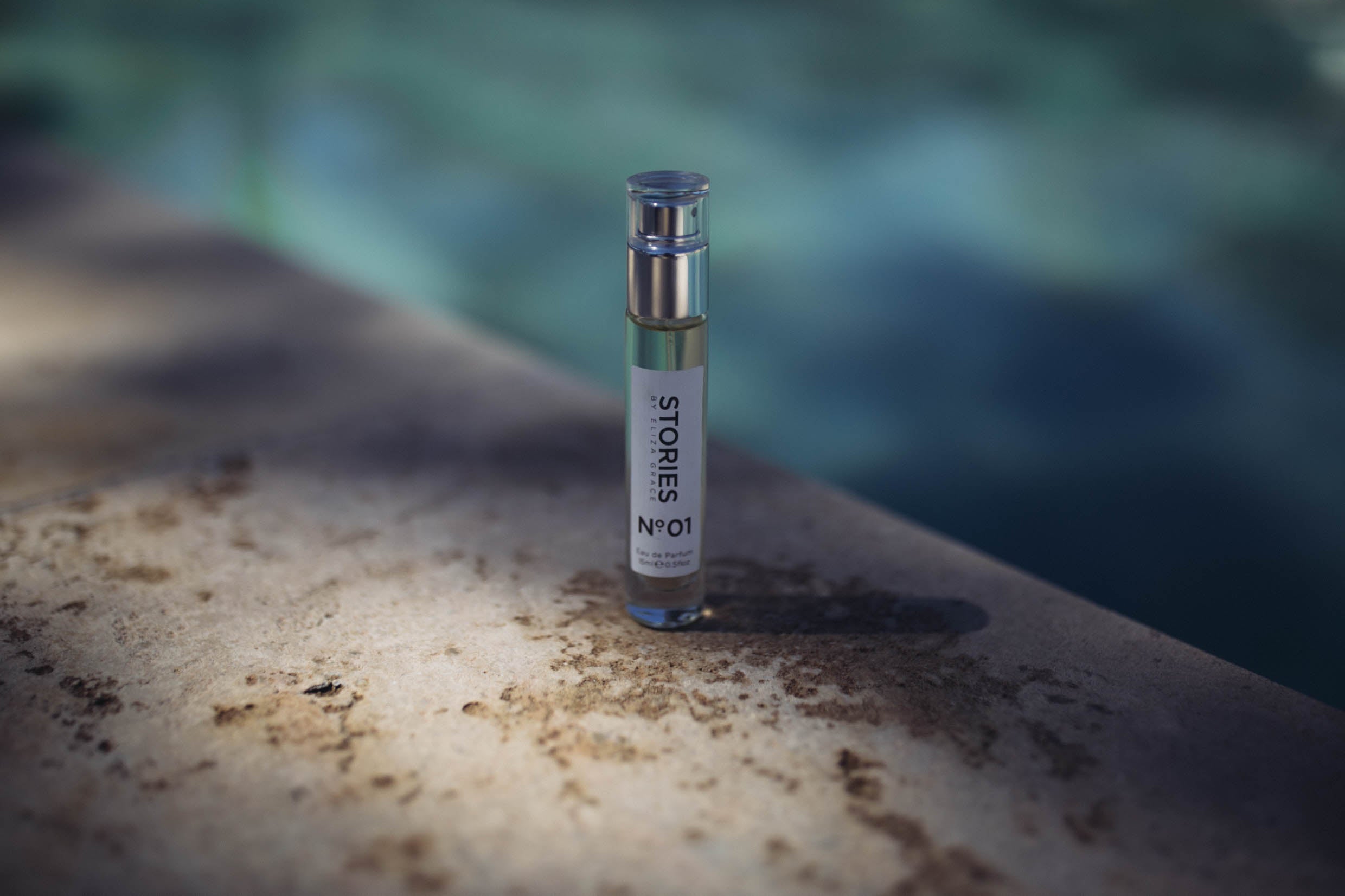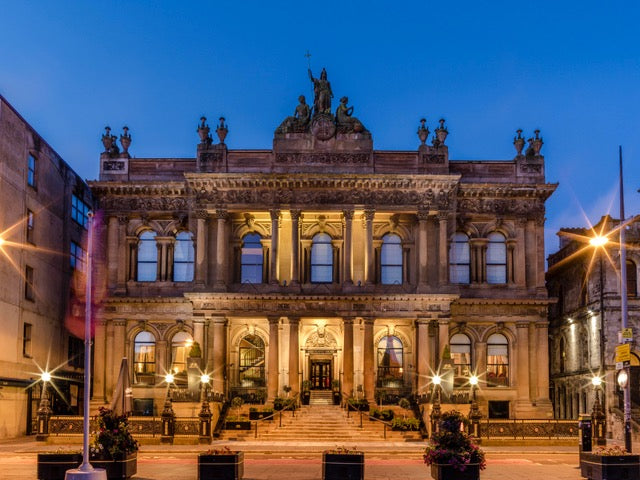Scent and Synaesthesia by Award Winning Beauty Editor, Caroline Brien.
When someone describes a fragrance as sparkling, you will, most likely, be able to understand – and envision –what that means. But a voice? In The Great Gatsby, F. Scott Fitzgerald writes of voices not just sounding, but actually being sparkling. It’s a concept from the novel I’d always found intriguing, but it wasn’t until I heard a perfumer talk about how they often use words linked with other senses to describe scents, that I finally understood: synaesthesia.
Think of it as a kind of sensory interplay. Believed to be present in only around four per cent of the population, synaesthesia is a magical phenomenon where sounds can appear as colours and scents can take the form of shapes. It’s an automatic neurological response that prompts one sense to stimulate another. So, the way most of us experience smell, colour, sound and even taste is heightened to become a multi-sensory affair. There are up to 70 different types of synaesthesia, most of which incorporate colour, but can include instances that seem as dream-like as tasting the time and smelling a symphony. In Gatsby, where other authors may have described voices as singing, for example, Fitzgerald chose to describe them as sparkling. This gives the phrase an entirely new and evocative meaning, setting the scene all the more richly.
Smelling Shapes and Colouring Accords
When it comes to scent, perfumers often translate the molecules, notes and accords that make up a fragrance into shapes, colours and sounds. That’s not to say that they are all synaesthetes, but by cleverly adopting the idea (just as Fitzgerald did), it gives them a common way of communicating and an accepted, shared vocabulary for the perfume world. Smells can be seen as shapes and forms – round, vertical, spiky, sharp, fluffy – or even as fabrics and textures, from velvet to volcanic stone. They can be described as different notes on a musical scale, or shades in a particular colour palette.
It also means that perfumers can translate a smell into, say, a painting, with layers of textures and myriad tones. It’s another fascinating and captivating way to experience scent, from simple, individual notes to complete and complex fragrances. On the flipside, someone from outside the fragrance world can communicate exactly what they want from a scent by putting it into a painting - or for a musician to a score - ready for a perfumer to interpret into a blend that they can bottle. Using the approach of synaesthesia - whether they experience it firsthand or not - gives perfumers another beautifully nuanced layer of description, ready to assist in their creativity.
The Creative Synaesthetes
As you might expect, synaesthesia is thought to be more common in artists. However, it has only been recognised since the late 1980’s, when the new science of MRI scanning showed how corresponding areas of the brain lit up, linking synaesthetes and specific senses. But there is a long list of those – past and present - believed to have the multi-sensory phenomenon. The 19th century composer, Franz Liszt, is said to have given orchestras notes such as ‘not so rose’ or ‘a little bluer,’ as he saw musical tones as colours. Duke Ellington, Billy Joel and Pharrell Williams (who says his hit song Happy is mustard yellow with hints of sherbet orange) are other musicians for whom music offers a colourful appearance. Conversely, the German film composer and record producer, Hans Zimmer, has often explained how he sees colour as music.
In Baudelaire’s 1857 sonnet Correspondences, he writes, “Perfumes and sounds and colours correspond. Some scents are cool as children's flesh is cool, Sweet as are oboes, green as meadowlands”. In his autobiography, Lolita author, Vladimir Nabokov, notes his ‘fine case of colored hearing,’ while Nobel Award-winning physicist, Richard Feynman, spoke of seeing the letters and numbers of his equations as colours.
Wassily Kandinsky interpreted music into the lines, colours and shapes that formed his abstract art over 100 years ago, inspiring Georgia O’Keeffe to do the same with her wavy lines and pastel-shaded paintings. And today, David Hockney’s synaesthesia, again hearing music as colour, can be seen in the stage sets he has produced for ballets and operas.
Such is its allure that synaesthesia has even been built into art experiences. As part of the Perfume exhibition at London’s Somerset House in 2017, an entire evening of cross-sensory activities encouraged visitors to the galleries to prioritise their sense of smell. Events included a ‘smellwalk’ devised by artist Kate McLean, based around exploring the building, its courtyards and its architecture, but being guided by the aromas that filled them, so everything seen was experienced first as a fragrance.
Be Your Own Synaesthete
Scent is so personal and so evocative, yet for most of us, our vocabulary surrounding smell is limited and based on the tangible qualities that we relate to taste, texture and sight. While it’s easy to describe a wine as fruity or earthy, or to crush up pine needles and imagine the tree, synaesthesia offers something more magical than smelling rose petals and visualising a bouquet.
Adopting words usually applied to other senses or sensations opens up an exciting new lexicon of language, just as it does for perfumers. As French philosopher Voltaire said, ‘Appreciation is a wonderful thing. It makes what is excellent in others belong to us as well.’ Poetically translated, it’s fun to think outside the box and remember how magical our own senses are – synaesthetic or not.



Leave a comment
This site is protected by hCaptcha and the hCaptcha Privacy Policy and Terms of Service apply.